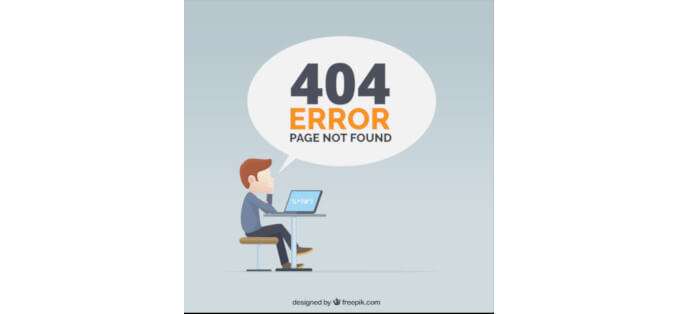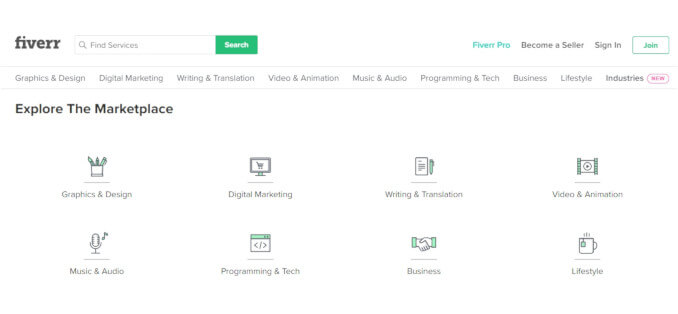When you hear the words, “website tester”, do you think of people with lots of technical knowledge? Well, there’s a whole subset of testing that is available to all of us – you can be a website tester too.
If you’ve ever googled anything or browsed a website then you’ve probably seen something you found annoying. Your user experience is important to companies designing websites because they want you to spend more time on their sites.
And what annoys you may not be the same thing that annoys someone else so these companies need feedback from a lot of different people – a lot of different demographics.
Hardware
How do you access websites? Do you use a laptop? Maybe you use a tablet or your smartphone? The way a website displays or renders is different depending on the type of device you use to view it.
You’ve probably seen a website that looks great on your laptop but looks terrible on your smartphone. So the type of hardware is a big factor in testing websites.
Software
Another factor that’s important for website testing is the software. Maybe you have a laptop and that laptop is a personal computer, a PC, running on the Windows operating system. But your friend has a MacBook that is running on the Apple operating system.
So you’re using different operating systems and you probably also use different browsers (think Chrome or Safari) to get to those websites. But even if you’re both using the same type of device you might have different versions of the software.
Website owners cannot possibly test their sites with all the possible combinations of hardware and software and across all the demographics they need to ensure you have a great experience. And that’s why they need you to be a website tester!
How can you use your experience to help test websites? There are several options that depend on your experience, your interests, and the amount of time you can spend on the tasks. We’ve divided them into categories:
Usability testing
This type of testing is all about your experience. How do you use the website or application? Can you find the information you want? Is the text large enough for you to read comfortably? Are the colours on the screen comfortable for your eyes? All of these factors are important to the companies running the sites.
You are given tasks to perform and you describe what you did to complete those tasks and how easy (or hard) they were to do from that website. Usually, you will use software, provided by the testing company, that records your screen and your voice. You’ll be asked to speak out loud while doing your tasks so your feedback is logged along with your “clicks” or “taps” on the screen.
In some cases, a website tester might even provide feedback directly to the client company in a webcam session.
Functional testing
The focus for functional testing is on website behaviour. This type of testing is usually done before a website is available to the general public.
You would likely be given access to a prototype and then asked to complete a series of tasks to see if the site does everything correctly. For example, you might need to select some items for a shopping cart and then try to checkout.
Anything that doesn’t work while you do that task is called a defect or a bug. You write a bug report that includes screenshots that show the bug issue and the steps you take to recreate the issue. Then you send your results (designating the tests as either pass or fail) and your bug reports to the testing company.
This sort of testing takes longer to do so you will be paid more (usually).
Opinion testing
Opinion testing is our own term – this testing is all about your feelings or preferences. Sometimes companies can’t decide between a number of options for their site so they want your opinion. Some examples of opinion testing:
- Choose your preference between different logo designs
- Review different ways to get through an online checkout and explain which way you like best
- View different colour combinations for a screen and select which one you feel makes you want to see more of the site
This type of testing is much quicker to complete and so it often pays less.
Like this post? Put a Pin on it!
Want More?
Would you like to learn more about this topic? Or perhaps explore some other topics? Choose from one of the categories below to see more:
Subscribe to our newsletter to have information delivered right to your inbox.
Conclusion
There are a lot of different types of testing you can choose. You need to consider how much time you can spend on the tasks, whether you can meet the deadlines, how comfortable you are having your voice and screen recorded, etc. We suggest you try each one to see what you prefer.
You might like finding bugs more than you like explaining your actions aloud using recording software. Or you might find you prefer giving opinions on the styling of websites. Please watch this section in the future for reviews of individual testing companies.
Do you agree with this evaluation or have some suggestions of your own?
Click [Submit Comment] below to let us know!
















